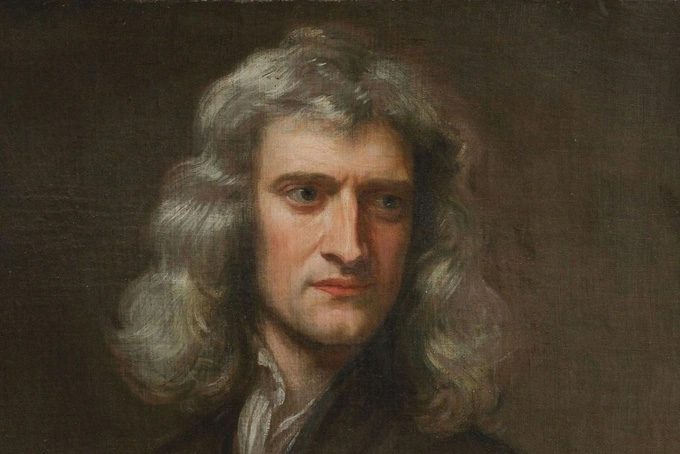The face of a deceased person is placed into a mold made of wax or plaster to create a “death mask.”
Isaac Newton is considered one of the greatest mathematicians and scientists in human history. His theories on motion and the law of universal gravitation dominated the field of physics and science for over two centuries before being succeeded by the theory of relativity.

Portrait of Isaac Newton through a painting. (Photo: Getty Images).
To this day, images of Newton are primarily captured in the form of busts, paintings, and engravings that date back a long time. However, relying solely on these artistic works makes it relatively difficult and inaccurate to describe Newton’s actual appearance in real life.
To address this issue, sculptors of that era employed a technique known as “death mask.” This method dates back to ancient Roman times and was mainly used for the aristocracy and royalty.
Through this technique, the face of a deceased individual would be placed into a mold made of wax or plaster, meticulously and accurately capturing every detail.
3D image scanned from Newton’s “death mask” shows detailed features of his face. (Photo: Microsoft).
According to IFL Science, the Royal Society in London currently possesses a death mask of Newton, which was previously owned by Louis-François Roubiliac, a French sculptor.
Roubiliac is also the artist who sculpted the marble bust of Newton, which is on display at Trinity College, Cambridge (UK). However, he was not the creator of the unique death mask mentioned above.
Instead, many documents assert that a close friend of Newton named Michael Rysbrack created the death mask after Newton passed away and was buried at Westminster Abbey in London (UK).
In 2012, computer experts at Microsoft utilized Xbox Kinect technology to scan the 3D death mask of Newton, allowing them to accurately recreate a model of his face.


















































